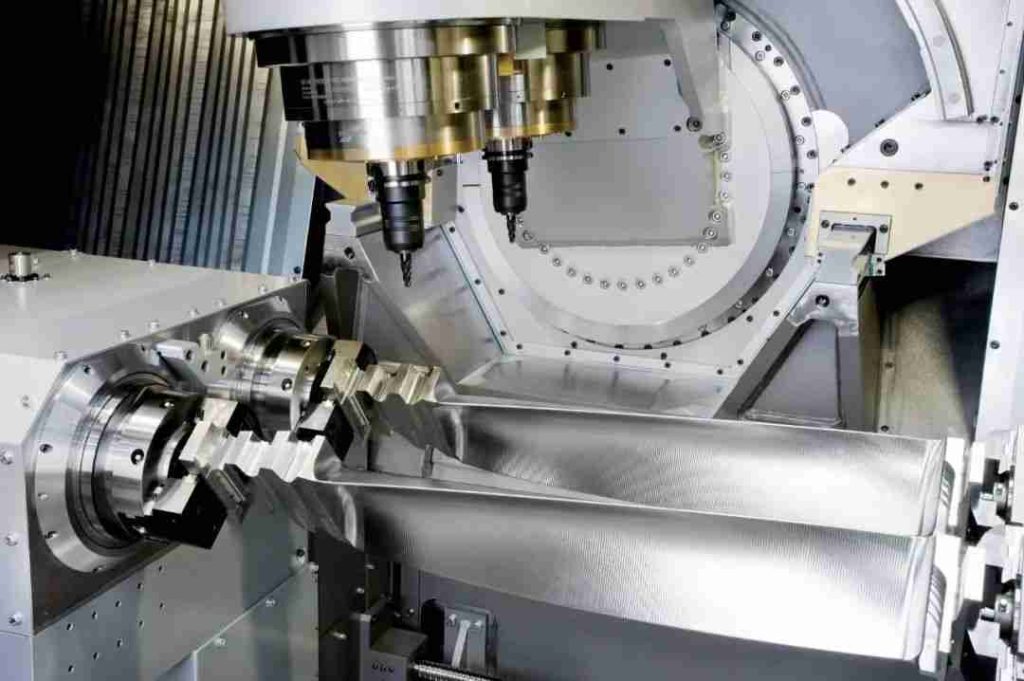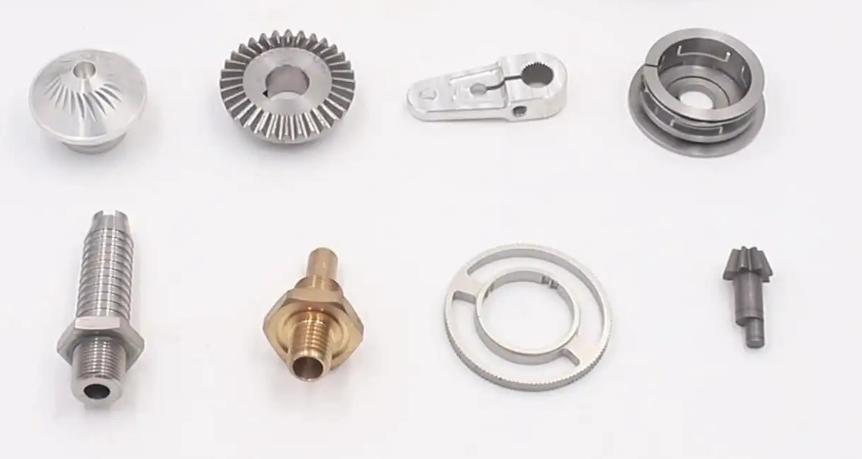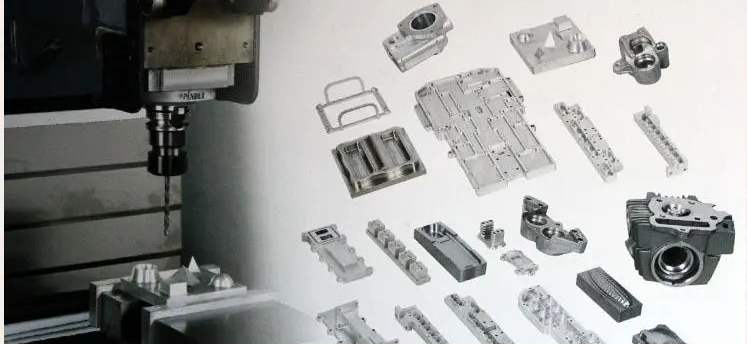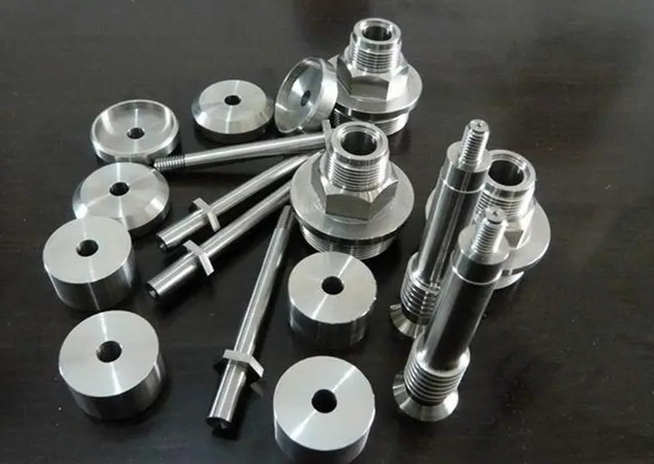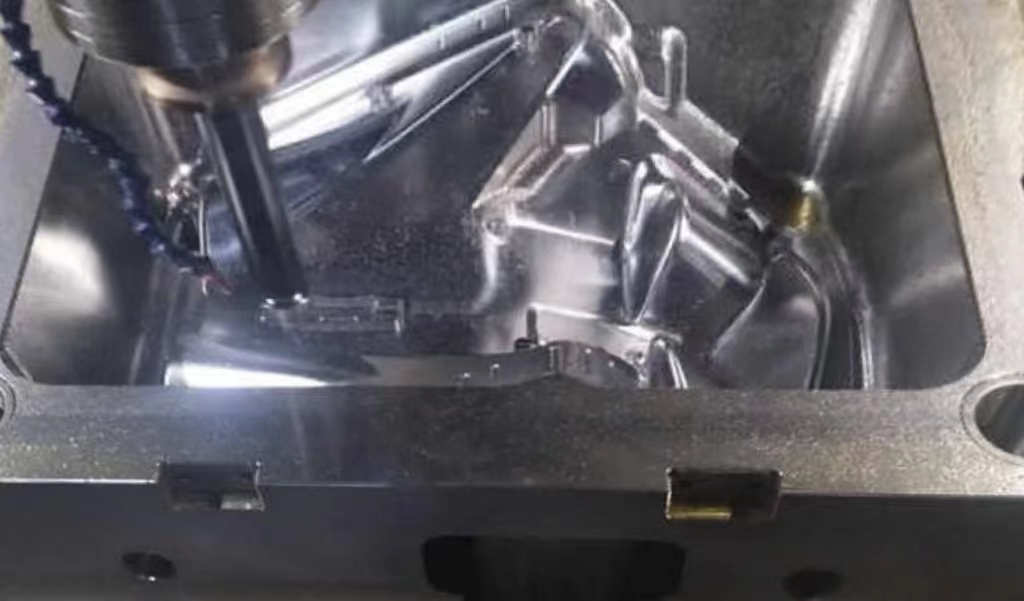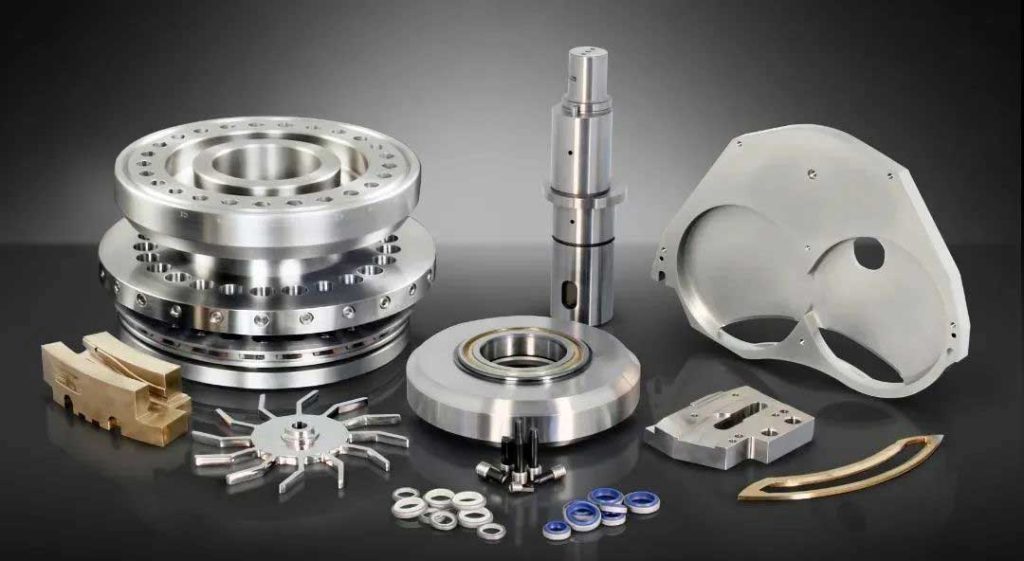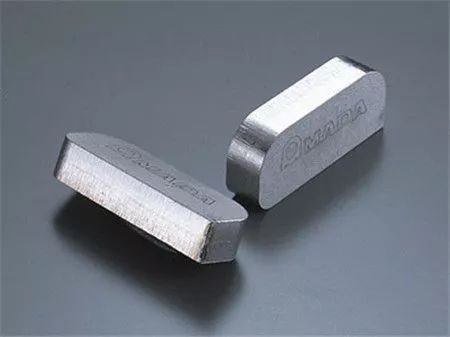Aluminum machining is a versatile process that can be used to produce a wide variety of parts.
However, like any manufacturing process, it is susceptible to defects. Some of the most common defects in aluminum machining include:
- Warping: This is the distortion of a workpiece during machining. It can be caused by a number of factors, including the heat generated by the machining process, the forces applied to the workpiece, and the properties of the aluminum material.
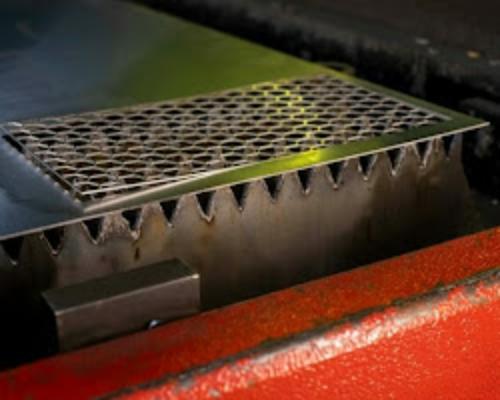
- Cracking: This is the formation of cracks in a workpiece during machining. It can be caused by a number of factors, including the heat generated by the machining process, the forces applied to the workpiece, and the presence of impurities in the aluminum material.
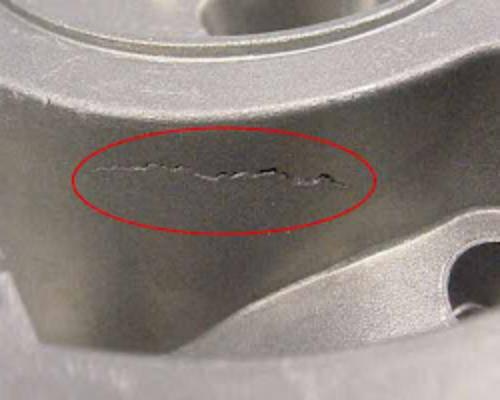
- Burrs: These are small, sharp edges that are left on a workpiece after machining. They can be caused by the cutting tool not being sharp enough or by the workpiece not being held securely in place.
- Undercuts: These are areas where the material has been removed too deeply during machining. They can be caused by the cutting tool being too large or by the workpiece not being held securely in place.
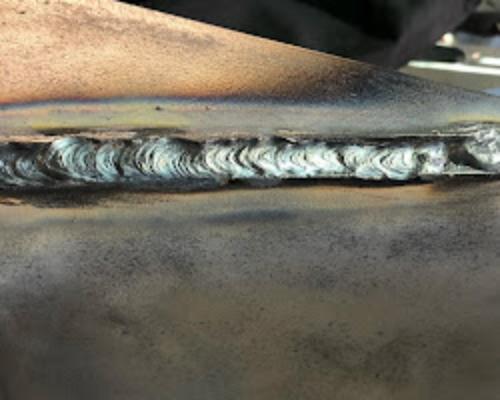
- Incomplete cuts: These are areas where the material has not been completely removed during machining. They can be caused by the cutting tool being dull or by the workpiece not being held securely in place.
How to avoid defects in aluminum machining?
To avoid these defects, it is important to follow good machining practices. These practices include:
- Using sharp cutting tools.
- Using the correct feed rate and speed for the material and the operation being performed.
- Holding the workpiece securely in place.
- Inspecting the workpiece regularly for defects.
By following these practices, you can help to ensure that your aluminum machining parts are free of defects.
Here are some additional tips for avoiding defects in aluminum machining:
- Use a coolant to help to remove heat from the workpiece and to prevent the formation of burrs.
- Use a lubricant to help reduce friction and wear on the cutting tools.
- Use a workpiece material that is compatible with the machining process being used.
- Choose the right machining process for the specific application.
- Optimize the machining parameters, such as feed rate and speed.
- Inspect the workpiece regularly for defects.
By following these tips, you can help to ensure that your aluminum machining parts are of the highest quality.


